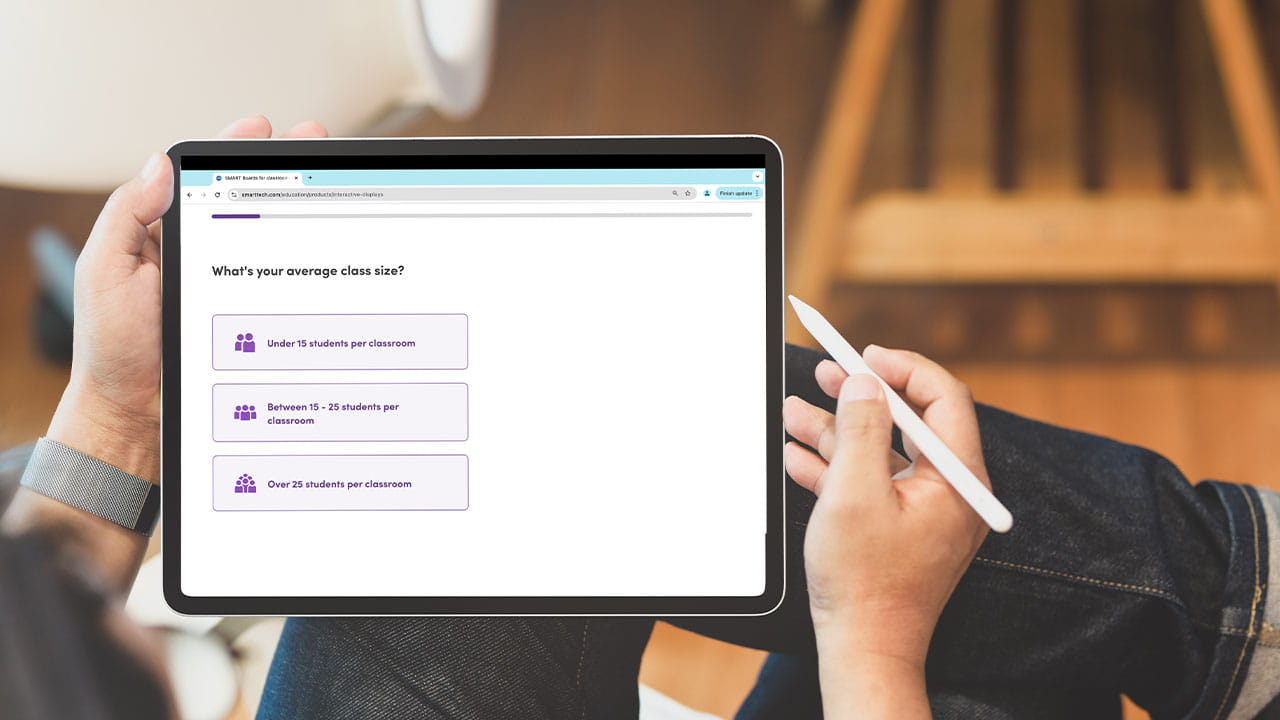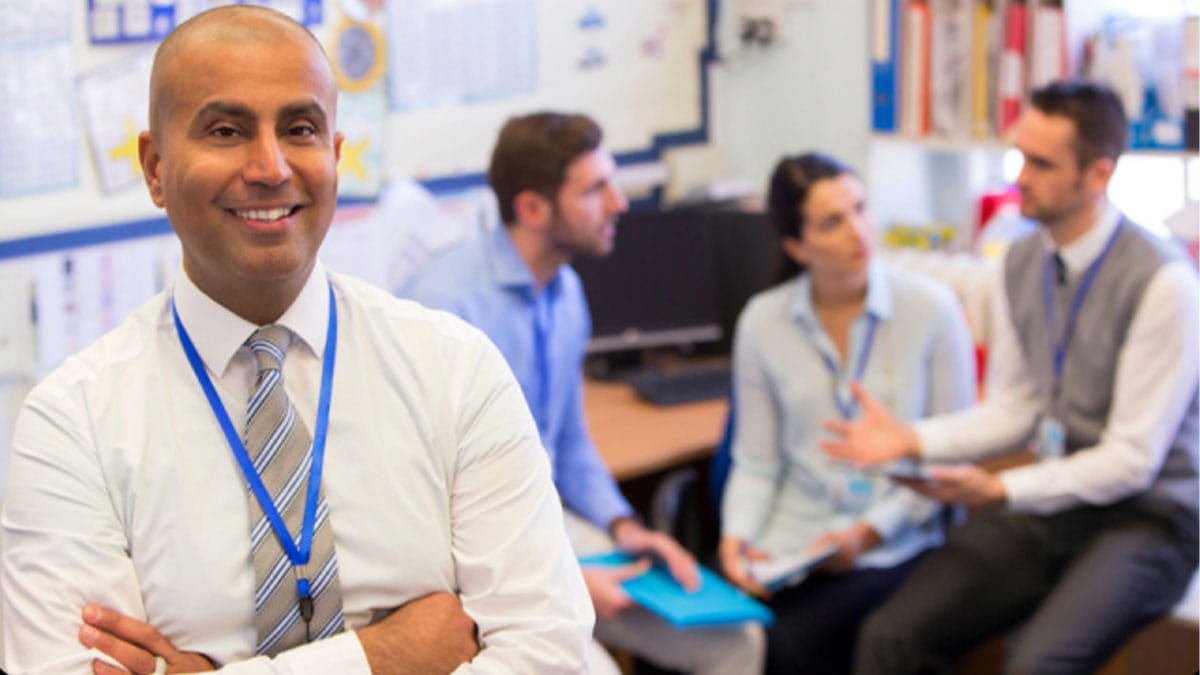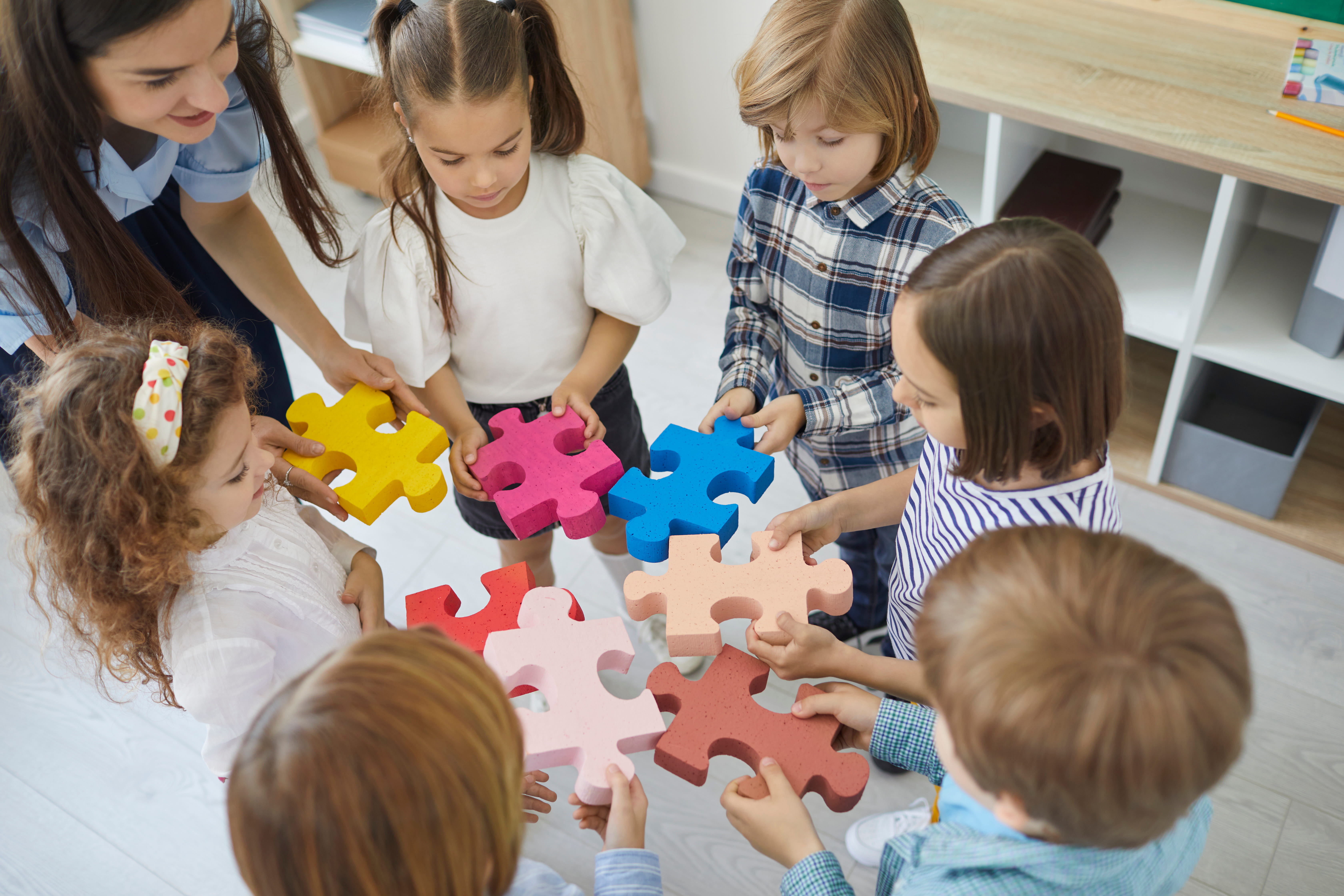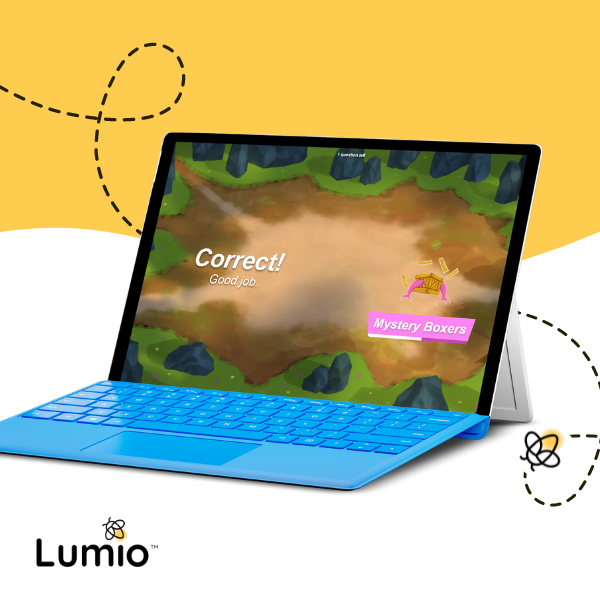Schools and districts are increasingly adopting the tenets of social-emotional learning (SEL) to help students thrive by becoming more adaptable to challenges and change. In this eight-part series, we examine how SEL can be incorporated in the classroom and how EdTech can help.
First, we take a holistic look at SEL. Then we dive into five SEL competencies: self-efficacy and self-awareness; social-emotional awareness; identity and emotional awareness; social awareness and collaboration; and critical thinking. We finish by exploring the importance of student mental health and how to create a culturally responsive classroom.
Read on as we dig into the SEL competency of social awareness and collaboration.
How do collaboration skills tie to social awareness?
Social awareness is the ability to understand how your emotions, thoughts, and behaviors affect your relationships with others and can be managed to achieve individual and group goals. To build social awareness, students must learn to recognize and interpret verbal and nonverbal social cues that provide a window into what others are thinking and feeling. By gaining competency in discerning a wide range of emotions, students become more adept at understanding that all individuals go through ups and downs in life.
When collaborating with peers, students can hone skills such as communication — both actively listening to others and expressing themselves — and resolving conflict. They become adept at putting their social awareness into practice: by identifying cues that help them see how their communication style affects peer relationships. This enables them to adjust and, ultimately, foster productive connections throughout their lifetimes. In particular, the ability to collaborate and assume the role of leader and follower as appropriate is a crucial skill for future workplace success.
Social awareness and collaboration in the classroom
The classroom is the ideal laboratory for practicing collaboration skills. By learning how to work together, students can try out a variety of approaches to issues, observe and model one another’s behaviors, and then reflect on what approach ultimately succeeded in helping them complete their shared task. This experience can improve students’ social awareness, showing them that there can be more than one solution to any problem and that all team members can make valuable contributions in a variety of ways.
Collaboration also gives educators the chance to nurture a support system that allows students to take small steps toward big goals. This framework creates a path to achievement and helps students develop the intrinsic motivation needed for success.
Students with strong social awareness and collaboration skills will be better able to work with people who are different from them, which, in turn, exposes them to new perspectives, ideas, backgrounds, and thought patterns.
How technology can improve social awareness and collaboration skills
EdTech tools are uniquely positioned to help students flex their collaboration muscles. One of the best ways to incorporate EdTech is through game-based activities on individual or shared devices. These exercises enable students to collaborate as a group, which can bolster their sense of community. They also allow students to highlight their own mastery of related skills or knowledge while observing how others approach problems.
Another option is to use a digital whiteboard to host group brainstorming. Educators can use this activity to boost participation by giving each student the chance to contribute. They also can tie in the development of social awareness. For example, educators could ask students to share words that describe their well-being so peers can begin to recognize how different emotions manifest in others and develop empathy for those around them.
Using an interactive display, class members can unite to find a solution to a given question or problem as a community. Or they can take turns, allowing individuals to model personal problem-solving techniques. Educators can embolden students to take turns being the leader and encourage them to practice using their communication skills to involve all group members in the task. Working together to devise an answer to a complex problem brings a sense of accomplishment and forges bonds among classroom members.
Supporting collaboration in the classroom helps to build empathy and social awareness and foster productive connections in students. Not sure where to start? Lumio is an ideal program for transforming any lesson into a collaborative group activity. Explore Lumio’s library of activities and resources that can help students build social awareness and collaboration skills in the classroom and beyond.




